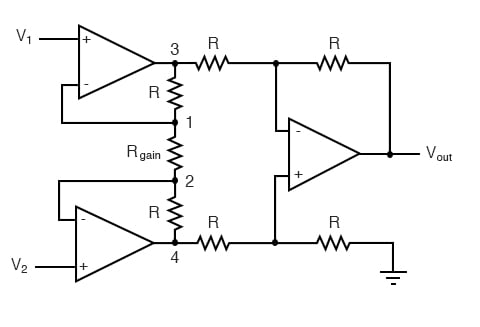Hi, I have a Rolls MP13 microphone preamp that I'm I use in live shows to connect an AKG C411 condensers microphone the connects to guitar effect pedals.
The gain of the MP13 is too high for tis mic and it's clipping at minimum gain.
What would be the easiest way to reduce the gain of this preamp at -20 DB?
I'm looking at the schematic and the preamp section seems to be a little too complicated for me

The gain of the MP13 is too high for tis mic and it's clipping at minimum gain.
What would be the easiest way to reduce the gain of this preamp at -20 DB?
I'm looking at the schematic and the preamp section seems to be a little too complicated for me




